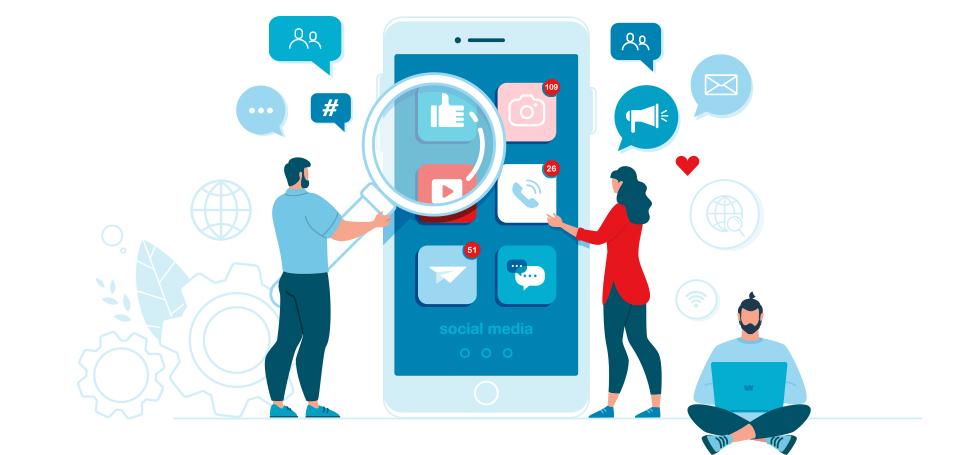An old school world that’s quickly modernizing
How is training association members different from training customers or employees, and how can technology leverage their success?
Jeff Cobb is an expert in this field. He is co-founder and managing director of Tagoras, which helps organizations in the business of lifelong learning maximize the reach, revenue, and impact of continuing education and professional development.
Jeff has spent nearly two decades immersed in the global market for adult lifelong learning as an entrepreneur, consultant, teacher, and author. He has been at the forefront of learning technology trends and has developed deep expertise in helping organizations grow and improve their training and professional development.
How does association training differ from other forms for training?
Cobb offers that association training is fundamentally different from customer and employee training because associations are supporting a profession versus a company or a product. Associations are mission-driven organizations – they have a higher calling and association educators take this very seriously.
Also, with associations, the selection of training, or whether to go at all, rests with the individual. Not so with employee training.
The outcomes, however, are not fundamentally different, it’s the emphasis. Jeff explains, “Corporate L&D focuses the training on organizational strategy, initiatives, operational aspects, all of which are clearly defined. Association training has a broader purpose: what are the skills, the key points of knowledge that will be in demand within their industry. Central to association training is the need to help keep their members employed and employable.”
Cobb adds that while many associations are non-profits, there is still a revenue objective and sometimes a revenue imperative. Training is likely their main money maker, over and above membership or any other services.
Measuring the Impact of Association Training
However, it is harder to measure the impact of association training.
The measurement of customer or employee training is, by comparison, rather straightforward. Let’s say we are talking about a medical association where the goal is to educate and better prepare their members to create better outcomes for patients. It’s hard to find the answer.
The Evolution of the Association Training Business Model
The business model for association training has been a registration fee for each event or course. But, Jeff asserts, it’s getting harder and harder to make this model work.
“We’re starting to see some associations move to a subscription model. It’s quite valuable to a member to subscribe to training if it’s a series on a career path or certification.
“State CPA societies have been successful with subscription series on new regulations – learn them as they come out. It’s the body of content that determines the viability of a subscription.”
A few associations are making “all-you-can-eat” offers. Their learning solution is to give access to content for a period of time, perhaps a year. Or, and the most radical, is training that becomes the core of the membership model. Where the benefit of membership used to be a discount on training, some say join, and get access to our entire educational catalog – eLearning content, online courses and off-line.
Learning Pathways are a Rapidly Emerging Trend
People may switch jobs a dozen times in their career – they have to keep learning. That said, they are looking for clarity in what to learn, and in what sequence to get to their goal. It’s very stressful.
Cobb says that there is a big opportunity here – associations can provide clarity by showing the logical steps you need to take to advance. Here are the educational opportunities, and you’ll earn credentials along the way.
Provide the member with what they need to make sense of this confusing world.
Training Development
How does an association know the steps to take to help an individual remain employable and perhaps advance in their career? The association must scientifically develop the competency model and turn that into educational content. They do this by leveraging subject matter experts (SMEs) who are members, on boards and committees, or use outside resources as perspective on what’s actually happening out there.
In turn, the association may invest in their SMEs to develop them into effective presenters, to be leaders in adult learning.
The Association Learning Technology Platform
A recent survey conducted by Jeff’s organization, Tagoras, found that, “The most popular type of technology-enabled or technology-enhanced learning is the all but ubiquitous webinar.”
While webinar technology is the most widely used, the LMS for associations is clearly the most important to manage and track webinars. We are starting to see associations transfer from older learning management systems to modern ones because they need the new features and sophistication (“Thought Industries is on the cutting edge”). They are investing in their future to compete.
Cobb’s analysis is that there are two trends that coincide and make the investment in a modern learning platform almost essential.
1. The user experience is emerging as an issue central to success. A better learner experience yields greater engagement, and greater engagement means the learner is apt to come back for more.
Traditionally, the user experience of association training has not been great. The content is usually very good, but the experience has been confined to a SME in front of the room or on screen in a webinar.
2. Associations are now training cohorts who don’t want live training. Attendance at events has declined by 20% or more. Seminar attendance is declining. Making the situation more dire, live training is increasingly time and resource consuming, driving prices up and consumption down.
Younger generations have grown up with the mobile phone. They have a highly developed skill set for finding things using that mobile phone. If they need an answer to a question, a course isn’t the first thing they think of. YouTube? Text a friend? It’s a big challenge because the potential audience has a choice. They are not captive.
In many ways, a modern LMS presents productive answers to these multifaceted issues. These include:
- The ability to sell institutionally. Some associations have companies as members. This makes it easy for the member company to register and send employees.
- Multi-tenancy learning portals. To answer the training and branding needs of different companies.
- Integration with other platforms – webinars, association management systems, Salesforce, others CRMs, etc.
- Ecommerce
- CEU tracking – required professional education credentials
- Learning pathways
- Learner engagement tools such as gamification, certifications and awards.
How Association Training Can Get More Value from a Learning Platform
Jeff offers the final observation: Associations are not making a strong enough connection between marketing and training. Learn more about what your members are consuming, and how learners are finding success using the training. That drives increasingly effective marketing.
How these learners are consuming content, and responding to the way they want to learn, will increase the value of the customer experience, increasing satisfaction and member retention.



